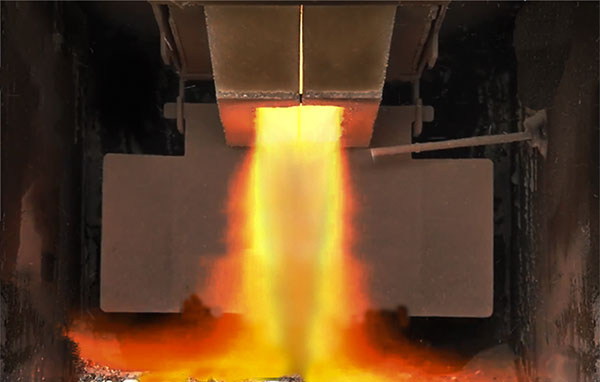Carbon Beneficial
A tree's lifecycle plays an important role in the carbon cycle. Through photosynthesis, trees absorb CO2 from the atmosphere and store it as carbon. When a tree dies (decomposing on the forest floor, for example) or is burned for heat, it releases the carbon it has stored as carbon dioxide. With forest management practices, the cycle of harvesting wood for heat, planting new growth and recapturing the carbon from the Earth's atmosphere can be sustained indefinitely. When fossil fuels like natural gas, coal or fuel oil are burned, they release carbon that has been stored in the earth for millions of years. This carbon cannot be recaptured the same way trees are able to during their natural lifecycle.

The general consensus is that using wood for heat is carbon beneficial or carbon "better" than using fossil fuels like oil or natural gas for space heating.
What other benefits are realized from wood heat? Perhaps the Number One benefit is the savings people enjoy when they eliminate their high heating bills. Curious how much you could save? Try this free calculator to find out. There are numerous other benefits, including, but not limited to:
- Energy independence - many self-reliant people enjoy the idea of providing their own energy for heat
- Increases domestic energy production, reducing dependence on foreign supplies
- Diversifies our energy supplies and reduces dependence on fossil fuels
- Provides jobs to rural communities and keeps energy dollars local
- Improves quality and value of our woodlands
- Improves soil and water quality
- Reduces wildfire risk
- Pest management
- Stable, lower prices – fossil fuel prices rise and fall dramatically
Outdoor Furnace
Technological advances have led to cleaner-burning, extremely efficient, automated modern outdoor wood furnaces that can play an important, beneficial role in the carbon cycle.
Versatile - Modern outdoor furnaces are available in all sizes and for all kinds of applications. They can heat entire homes, additional buildings and even domestic water.
Convenient – Outdoor furnaces are available today with extremely advanced, computer controls that automatically determine when to add air for efficient combustion. Some can even connect to the internet and provide operational and other information on a smartphone or computer.

Clean – Modern outdoor furnaces are engineered to comply with EPA standards. EPA-certified wood-burning appliances are up to 50% more energy efficient than non-certified appliances. That saves money, time and resources. These highly-efficient wood burners can use a third to a half less wood fuel for the same amount of heat, reduce creosote build-up and also the risk of chimney fires.
Efficient – Modern outdoor wood furnaces are typically gasification units and must meet EPA guidelines for emissions. They are engineered to more completely burn combustion gases than earlier wood burners. The most efficient models also are manufactured with quality insulation to prevent heat loss.
Click for Frequently Asked Questions about outdoor furnaces.
According to the U.S. EPA:
- U.S. forests have been historically and are currently a net sink of carbon; in 2015, the forest sector offset approximately 11.2 percent of gross U.S. greenhouse gas emissions
- U.S. forested lands currently remove more CO2 from the atmosphere than they emit
- Use of biomass for bioenergy (like burning wood for heat) can support the management of U.S. forests and can lead to increased carbon sequestration from U.S. forests over time.
It is important to note that information provided on WoodHeating.com is related specifically to burning wood for heat in modern wood heaters. There are contrasting views regarding the use of wood for generating electricity, for example, in which the carbon benefits are much less clear. By contrast, burning wood for thermal (heating) energy is much higher efficiency and directly avoids emissions from fossil heating fuels.